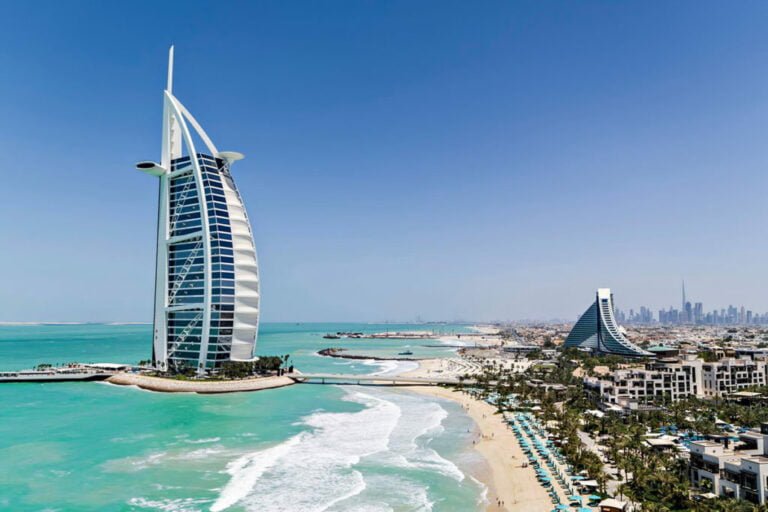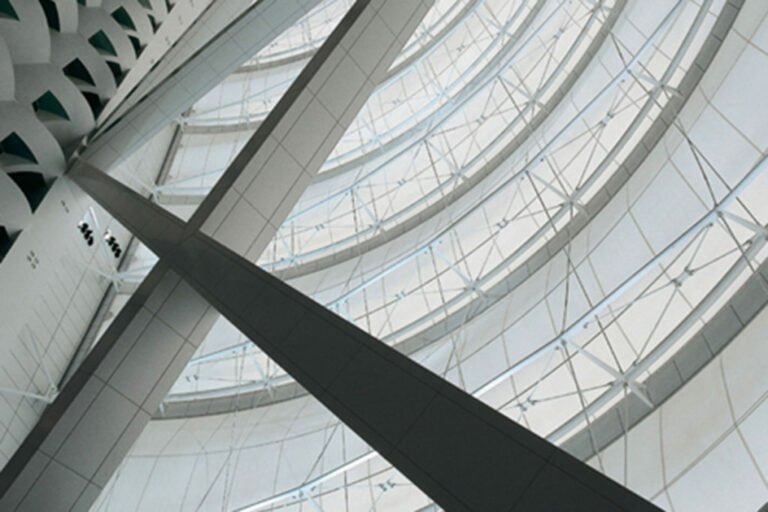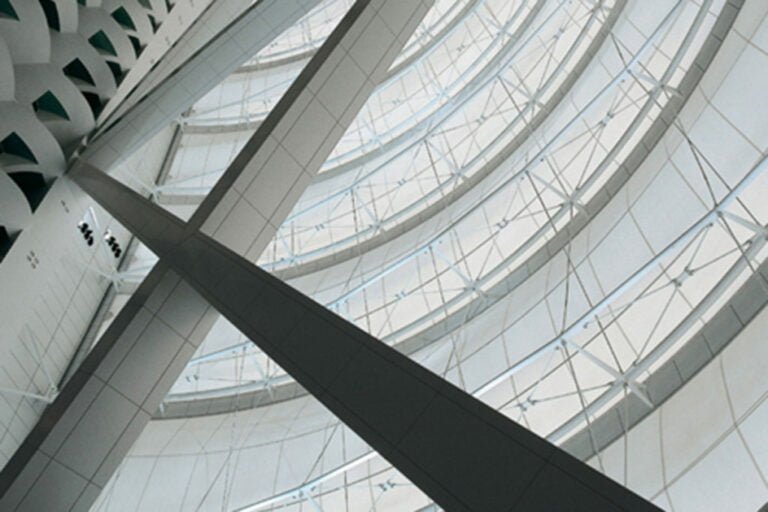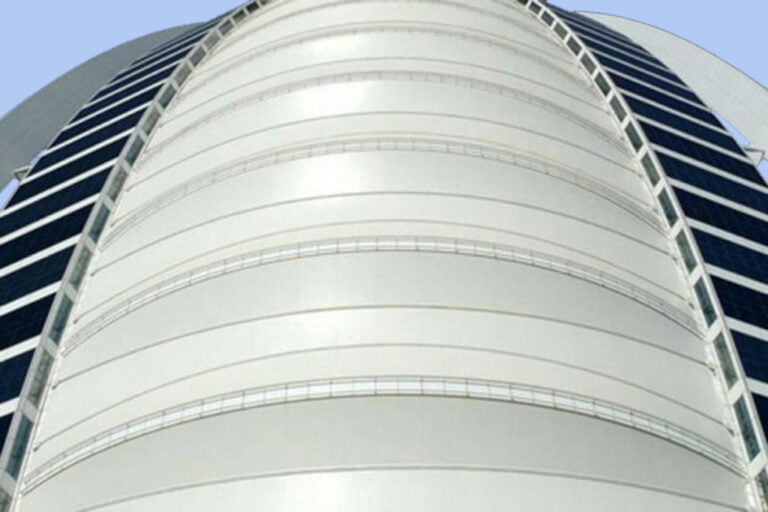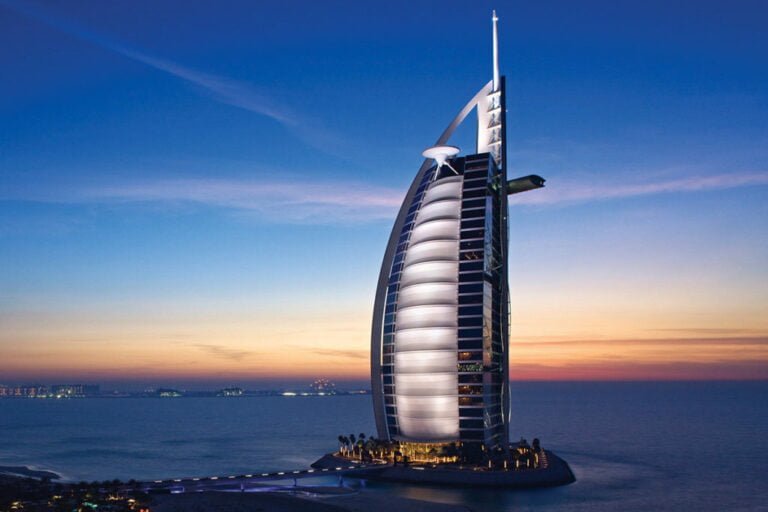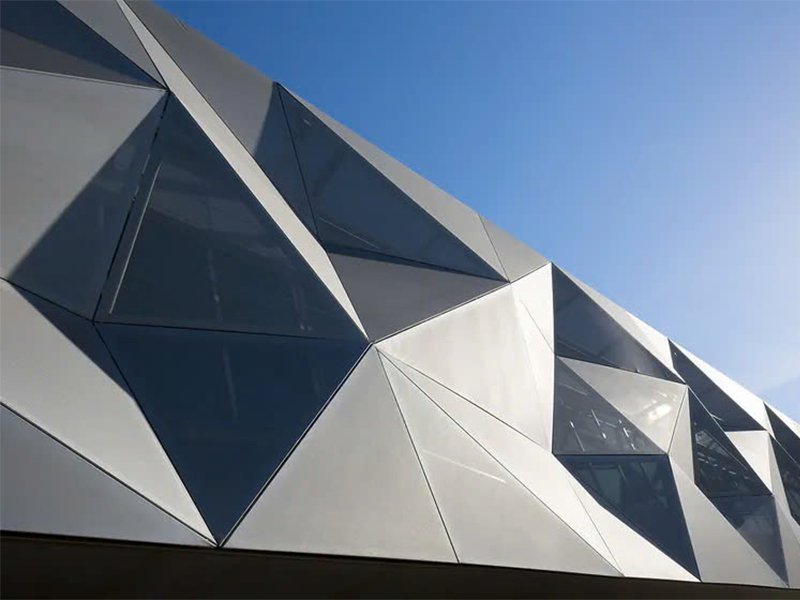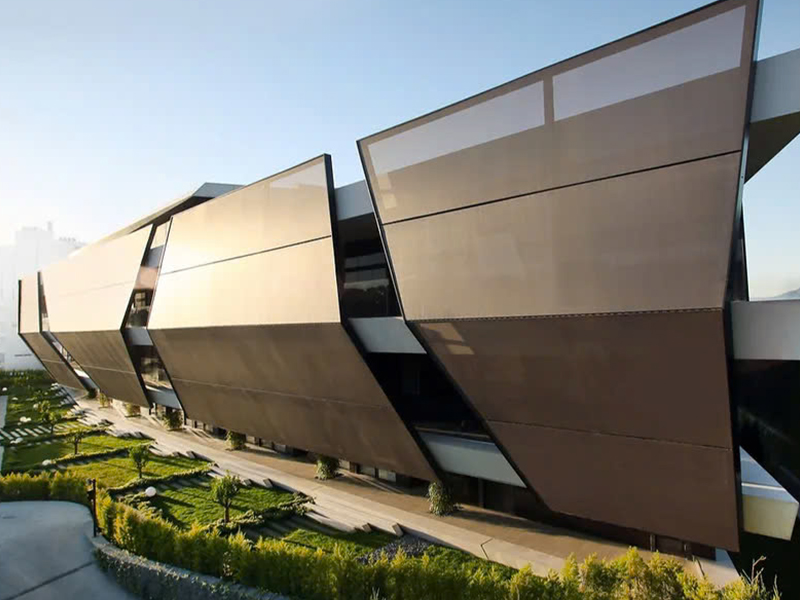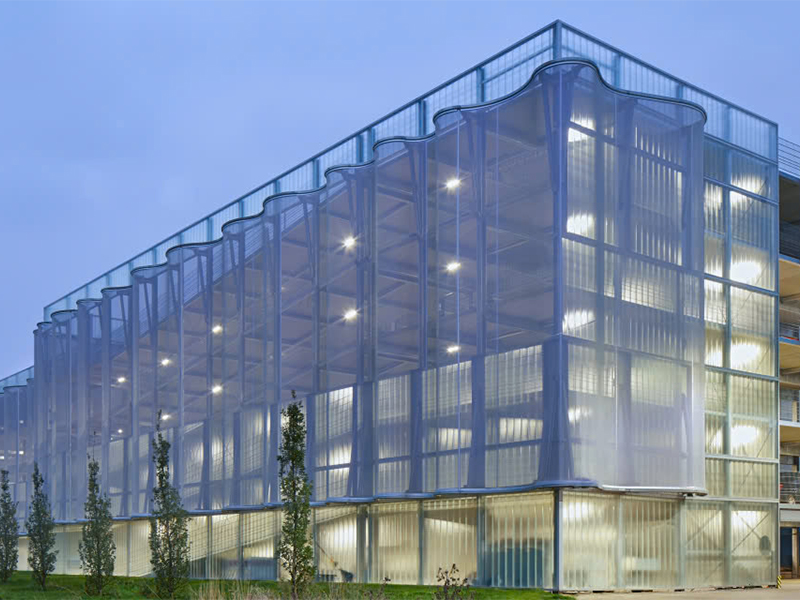Burj Al Arab Hotel is not just a building but a vision
Standing tall at 321 meters on a private artificial island, The Burj Al Arab opened to the public on December 1, 1999. Just 3 meters lower than the Eiffel Tower, The Burj Al Arab is now a hotel 5th tallest in the world and undeniably one of the most luxurious buildings on the planet. Also, design Burj Al Arab hotel's tarpaulin facade is one of the most notable features of the building.
- Location: Dubai, United Arab Emirates
- Year completed: 1999
- PTFE area: 15000 m²
- Architect: Tom Wrights
The construction of this luxury hotel was the proposed solution to deal with the economic time bomb that Dubai was facing in the late 80s. They knew that oil reserves would be depleted one day. and there are two options. Either find another alternative to maintain or wait for help.
Faced with a future economic downturn, Sheikh Mohammed made an important decision to transform his country, with its abundant beaches and sand, into the most unique resort destination on the Gulf coast. Arabic.
Sheikh Muhammed knew he needed a luxury center to establish his country as a high-end tourism hub. He wanted an architectural work that could become the epitome of luxury and a symbol of Dubai, not just another star hotel.
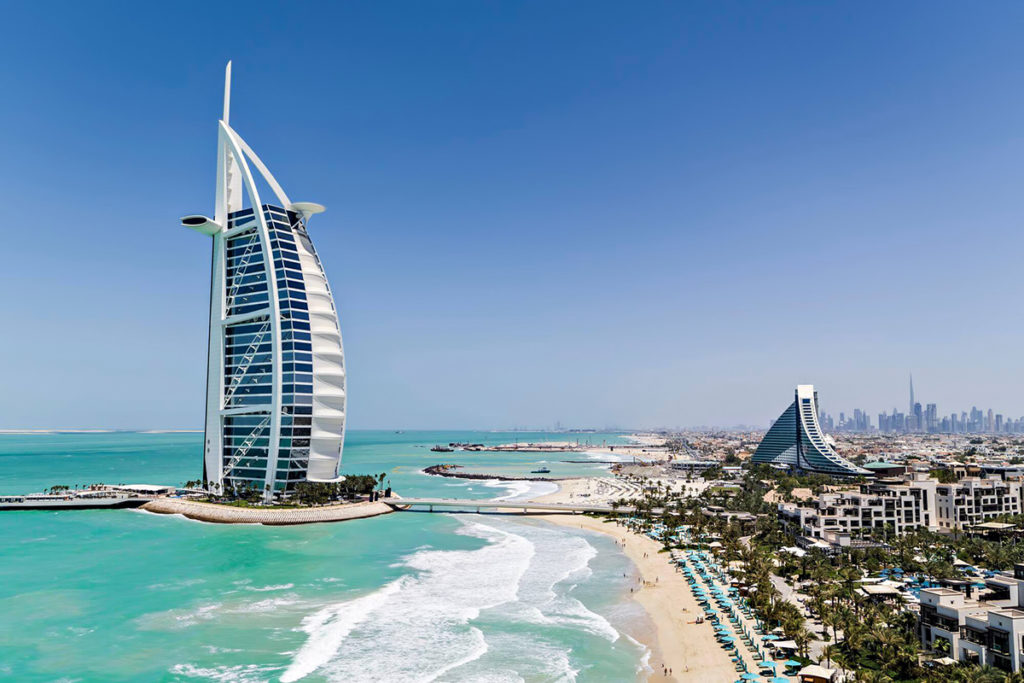
The Birth of Burj Al Arab Hotel's shape
Unlike previous projects, the hotel is required to exceed 15 floors. The prince wanted an architectural work that could immediately evoke an image of the city in the minds of viewers, an architectural work that could become a symbol for Dubai. Lying in bed during those sleepless nights, Tom and his team at WS Atkins knew they had to come up with something revolutionary, something that could be a tribute to a visionary nation. of the 20th century.
“The client wanted a structure that was and will always be synonymous with the country. Since fishing has always been an important trade, the Burj Al Arab was built to resemble the sails of a dhow, a type of Arabian ship” - Tom Wright
It wasn't until one evening, when they were sipping beers on the beach and saw a modern sailing yacht, that Tom had his aha moment. He realized that a building shaped like a modern yacht sail could evoke one's memories of Dubai's seafaring heritage and could reflect Dubai's maritime heritage and evolve. excel in the future.
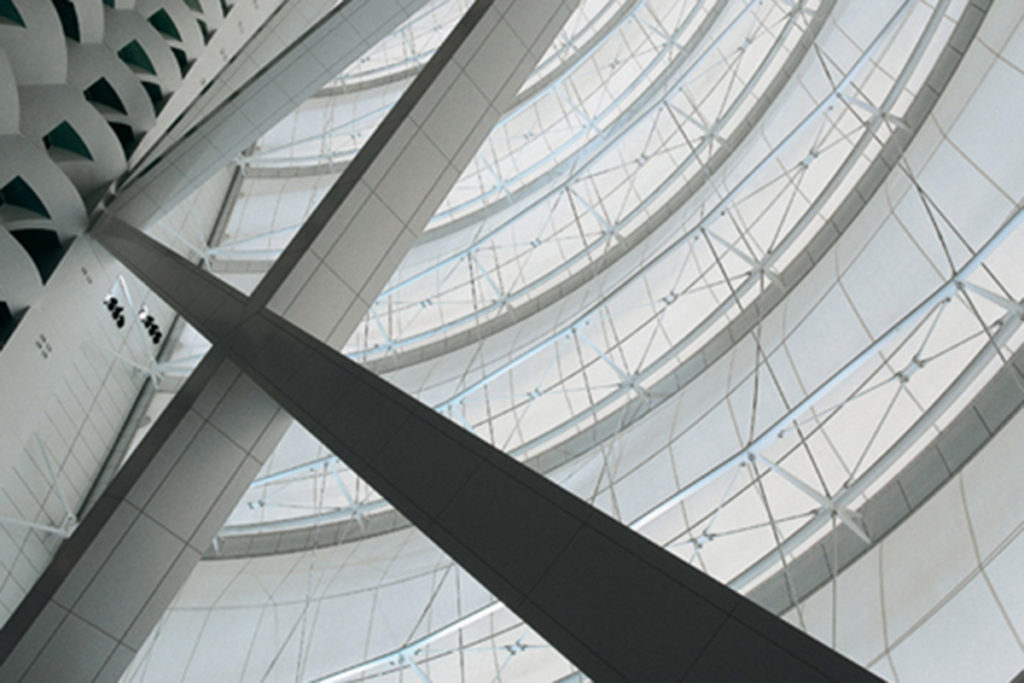
The biggest challenge in applying PTFE material to the Burj Al Arab Hotel's stretch canvas facade
In a place like Dubai, solar energy can heat a building up to 50 degrees Celsius. The height of up to 18 floors in the middle of a V-shaped floor plan posed two big challenges for engineers. Using a glass facade could turn the building into a 321m high oven and they had to find a way to keep heat from the sun to a minimum.
Using a regular brick wall will make the space become one big dark cave. Engineers had to find a way to properly light the entire building. The solution lies in creating the world's largest fabric wall that can help protect those inside from the scorching desert sun while providing enough light inside the atrium.
Using Membrane material to replace the glass insert was the simplest solution they could have because they wouldn't have to spend a penny more on the design or Façade detailing of the part. Burj Al Arab Hotel's stretch canvas facade.

What is PTFE material and why was it chosen for the Burj Al Arab Hotel stretch canvas facade design?
Instead of a giant glass wall, PTFE material (Polytetrafluoroethylene) is used for Burj Al Arab Hotel's stretch canvas facade for the following reasons:
Single panels can be fabricated in almost any size and shape. Tensile facades are lightweight (about 1.5 kg/m2)
PTFE material can withstand temperatures of -100 F to +450 F (-73 degrees C to +232 degrees C).
- PTFE material is immune to UV degradation Burj Al Arab Hotel's stretch canvas facade.
- PTFE materials allow natural daylight to enter the interior and at the same time provide enough shade as they are translucent, still blocking UV rays and excess heat through the Facade layer Burj Al Arab Hotel's stretch canvas facade.
- Upper PTFE material Burj Al Arab Hotel's stretch canvas facade 75% reflects sunlight.
- Upper PTFE material Burj Al Arab Hotel's stretch canvas facade absorb 10% sunlight.
- Upper PTFE material Burj Al Arab Hotel stretch canvas façade ttransmit 15% sunlight.
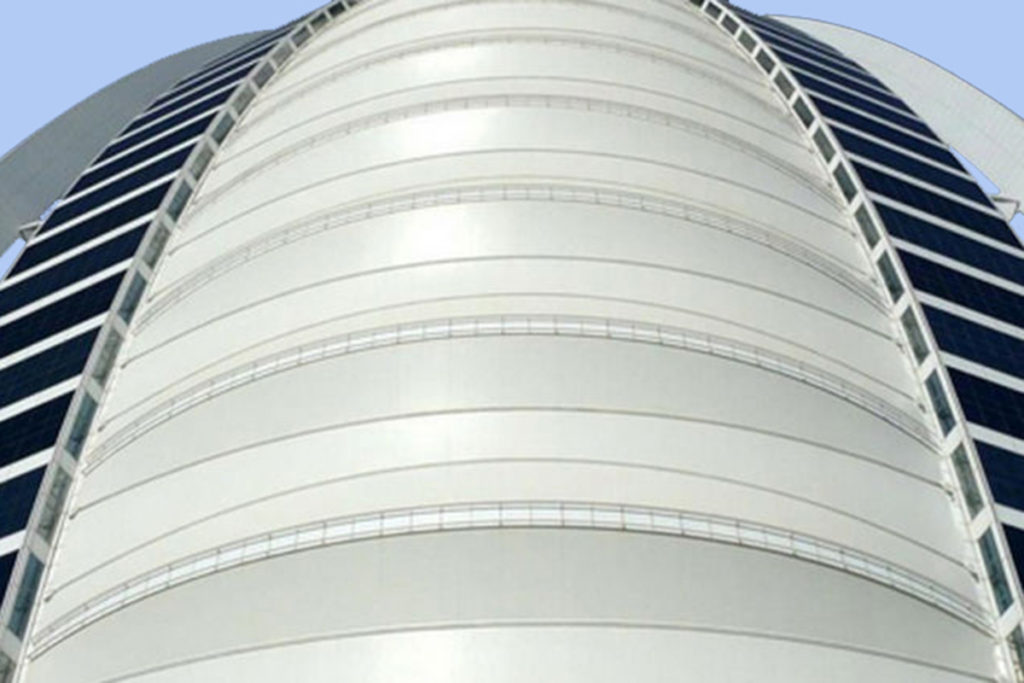
How to keep the temperature inside the atrium as low as possible while still ensuring enough light
With an 18-storey facade covered by 12 separate double-layer stretch membrane panels facing north, PTFE material on Burj Al Arab Hotel's stretch canvas facade This allows less than 10% of light to pass through them, maintaining optimal temperatures inside the atrium and providing sufficient illuminance. Two layers of PTFE material allow white light to pass through but avoid internal overheating, using direct loss cooling.
Thermal energy transmitted through the fabric is first removed by the air flow between the two fabrics, minimizing the energy gained by such guidance. The central hall is then cooled by evaporation from the pits, reducing the feeling of enclosure.
In the evening, the PTFE material facade is translucent on Burj Al Arab Hotel's stretch canvas facade will become a giant projection screen creating a visual spectacle both outside and in the interior space.
The end result of innovative engineering and architecture Burj Al Arab Hotel's stretch canvas facade is the iconic sail-shaped silhouette of Burj Al Arab, the lighthouse of modern Dubai.
“A building becomes iconic when its form is simple and unique. If you can draw a building with a few swipes of the pen and people not only recognize the structure but also associate it with a place on earth, you've gone a long way toward creating something something iconic” – Tom Wright

Flexiiform is a company that designs and constructs professional Tensile Fabric structures in Vietnam. With a team of Architects and Engineers who are professionally trained and skilled.
We are proud to be the only unit in Vietnam to receive expert advice from Fastech Company – The leading company designing and constructing stretch canvas structures in Thailand, with reputation and nearly 30 years of experience in the industry and successfully implementing more than 1,000 stretch canvas projects in Thailand and Southeast Asia.
With the strength of creative ideas in stretch canvas architectural design, along with practical construction methods, Flexiiform is confident to bring the most optimal solutions for each specific project.
Contact FlexiiForm consulting or visit Fanpage FlexiiForm and Website to learn more about service and product information.


